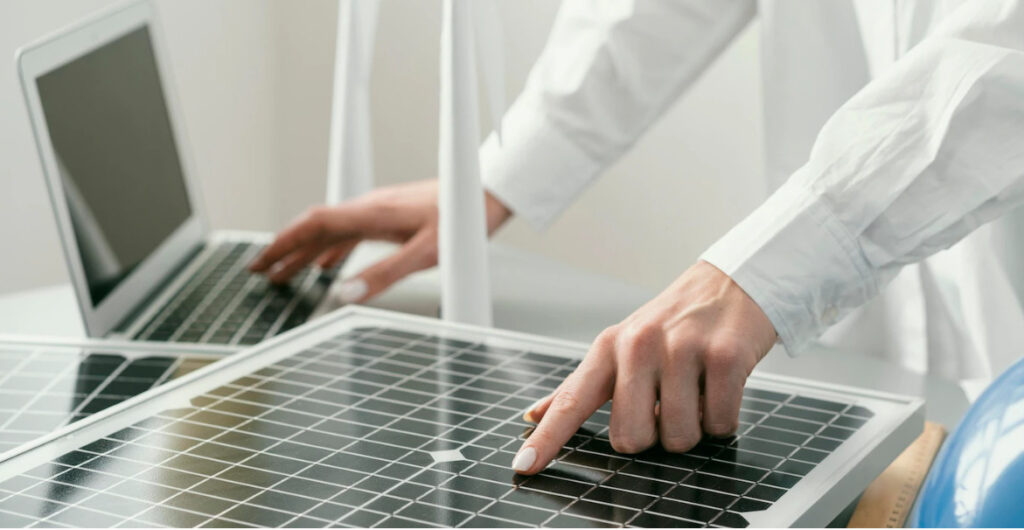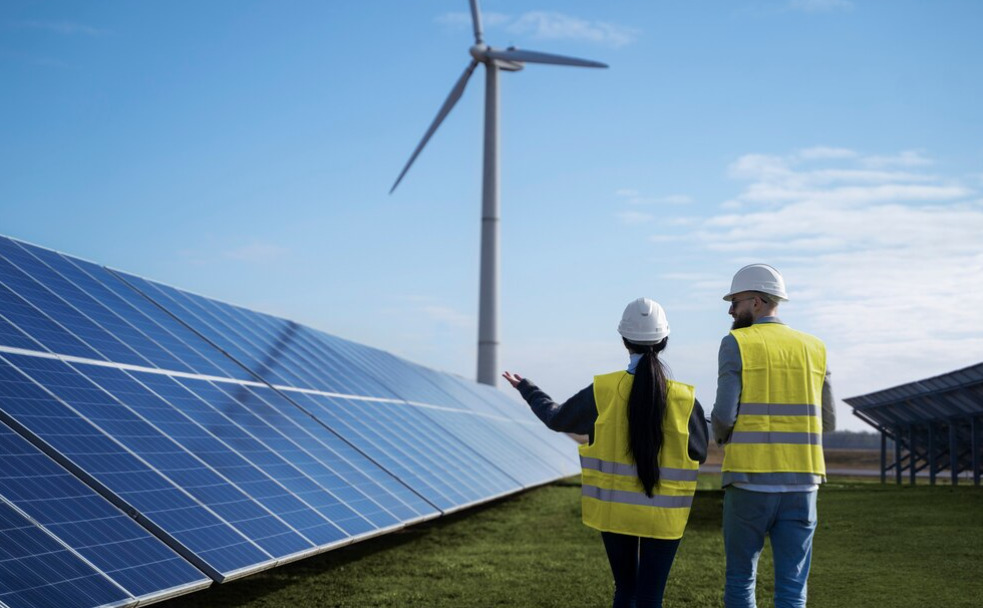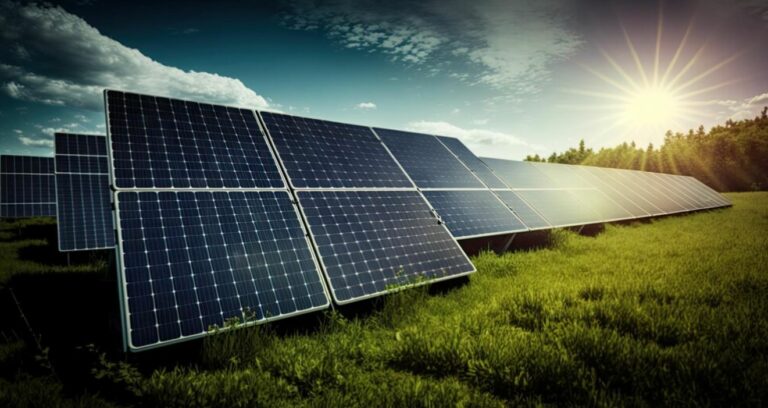Solar resource analysis
Solar energy is a fundamental resource for the production of electrical and thermal energy, and its analysis requires the consideration of various geometric variables. The position of the Sun in relation to the Earth's surface, defined by solar azimuth and solar altitude, varies throughout the year and depending on geographic latitude. These parameters are essential to understand the amount of solar radiation that affects a certain geographical area.

The solar radiation, which transports thermal energy through vacuum and free space between molecules, is a crucial component in generating energy from solar sources. Solar radiation reaches Earth in the form of electromagnetic waves, which include infrared rays, visible light and ultraviolet rays. The total amount of solar radiation is equivalent to 1,350 W/m2, a value that is commonly known as the solar constant.
Efficiency in solar energy collection
The efficiency of solar energy collection depends largely on the orientation and inclination of the solar panels. The energy per unit of time from direct solar radiation that a panel can receive is proportional to the cosine of the angle that the ray forms with the normal to the panel. Therefore, the orientation of the panel towards the equator and a tilt close to the latitude of the site are fundamental considerations to maximize solar energy collection.

Calculation and analysis tools
In the digital market, There are specialized tools and programs that facilitate the calculation and analysis of the solar resource, such as CYPE, PVCase, PVGIS or NASA's Surface Meteorology and Solar Energy, to name a few. These tools make it possible to provide internationally recognized irradiation data and allow the evaluation of the potential of a specific location for the generation of solar energy and the development of a Solar photovoltaic and thermal installation project.

We know that solar radiation is a renewable and sustainable resource, with significant potential for climate change mitigation and the transition to cleaner energy sources, but the use of solar energy not only contributes to the reduction of greenhouse gas emissions, but also promotes energy independence and job creation in the renewable energy sector. According to data collected by the Spanish Photovoltaic Union (UNEF), solar energy self-consumption systems in Spain grew by 108% in 2022 compared to 2021, the distribution of this new power has been distributed by 47% for the industrial sector, a 32% for the residential sector, a 20% for the commercial sector and a 1% designated for isolated self-consumption.

Energy transition
In the current context of energy transition, the detailed analysis of the solar resource becomes increasingly relevant, since allows you to identify optimal locations for the implementation of solar energy projects, both on a residential and large scale. The combination of accurate solar radiation data with knowledge of geometric variables and specialized analysis tools is essential to maximize the efficiency and profitability of solar installations.
We can highlight that Solar energy is one of the most promising and best used renewable energy sources today., for energy generation, with great potential to satisfy the growing global energy demand. According to the International Energy Agency, photovoltaic solar energy is the source of renewable energy that has grown the most in recent years, with an annual growth rate of 29% at the European level during the year 2023, marking a new record for energy production at based on solar energy and positioning Spain (7.5 GW) in second place within the EU, after Germany (8 GW).

Solar energy is a distributed energy source, which means that can be generated in small or large facilities near consumption points, which reduces transmission and distribution losses. This makes it an attractive option for rural electrification and power generation in remote areas.
In this sense, solar energy is rapidly becoming a attractive option from an environmental point of view and more competitive in economic terms.
According to the International Energy Agency, the cost of solar photovoltaic energy has decreased by 48% compared to 5 years ago, making it one of the cheapest energy sources in many countries.
One of the aspects that most distinguishes solar energy is that It is an energy source that can be integrated with other renewable technologies, such as wind power or hydroelectric power, to provide more stable and reliable energy sources. The combination of different renewable energy sources is essential to guarantee energy security and the resilience of the energy system.

Solar resource analysis is critical to the development and successful implementation of solar technologies. Solar energy is a renewable and sustainable energy source with significant potential for climate change mitigation and the transition towards cleaner energy sources, its implementation being increasingly competitive in economic terms and can be integrated with other renewable technologies. to provide a more stable and reliable power source.
In our new Master in Renewable Energies, Smart Grids and Electric Mobility you will be able to delve into everything you need to become a specialist in solar energy and in others renewable energy, with a technological and updated approach to the professional profile that the current and future labor market is requiring, by also including, in its content, a specific and well-consolidated set of disciplines related to the storage, management and transportation of energy, electric mobility and Information and communications technology (ICT) related to renewable energies.



































